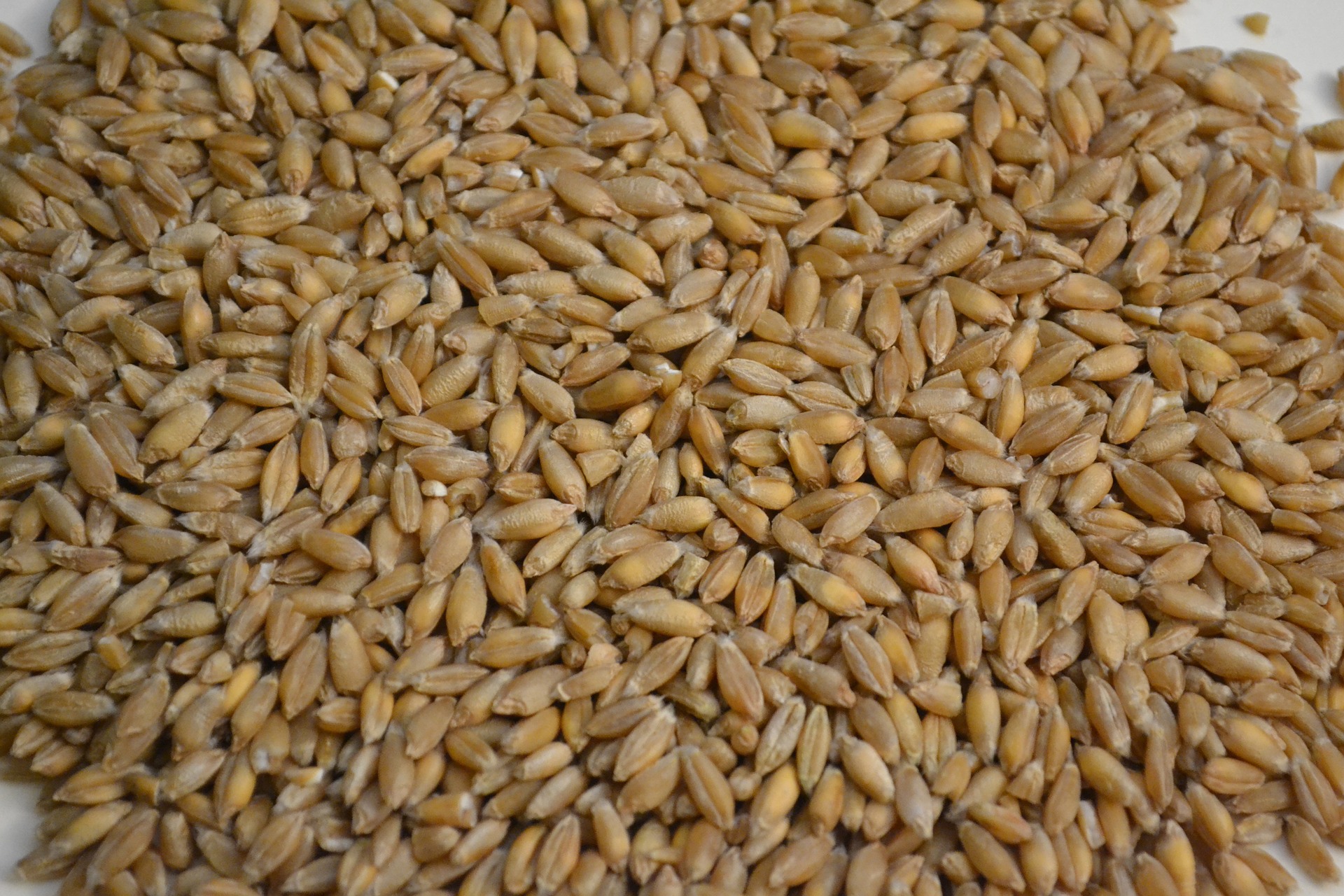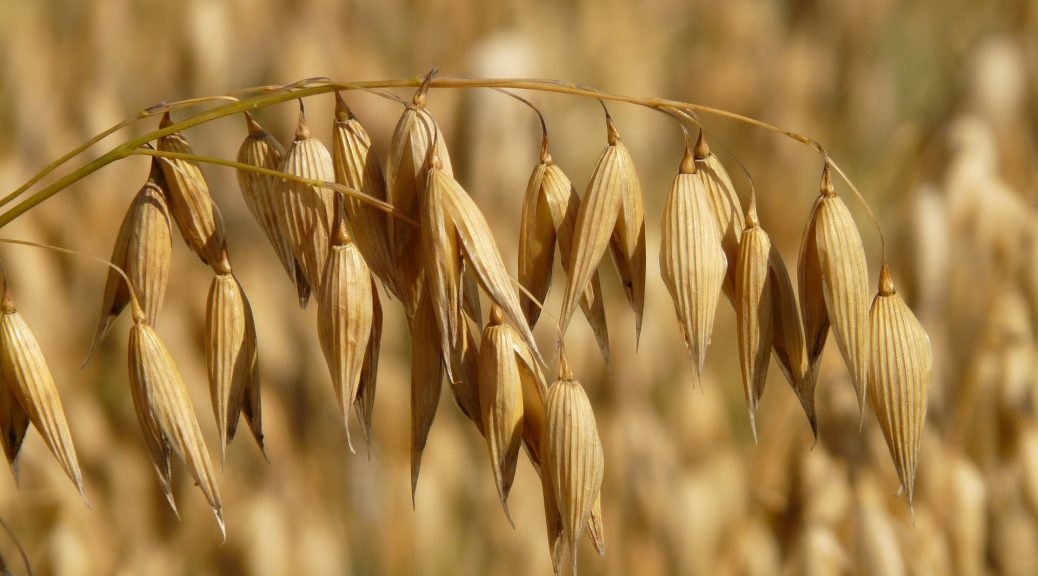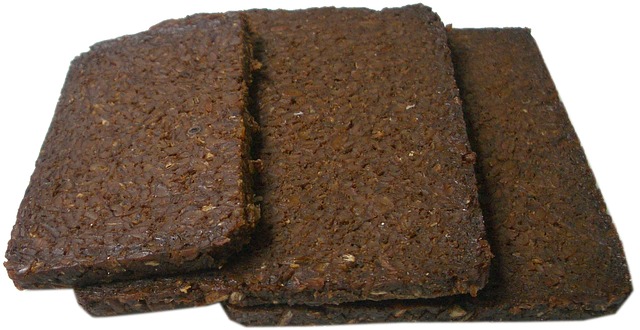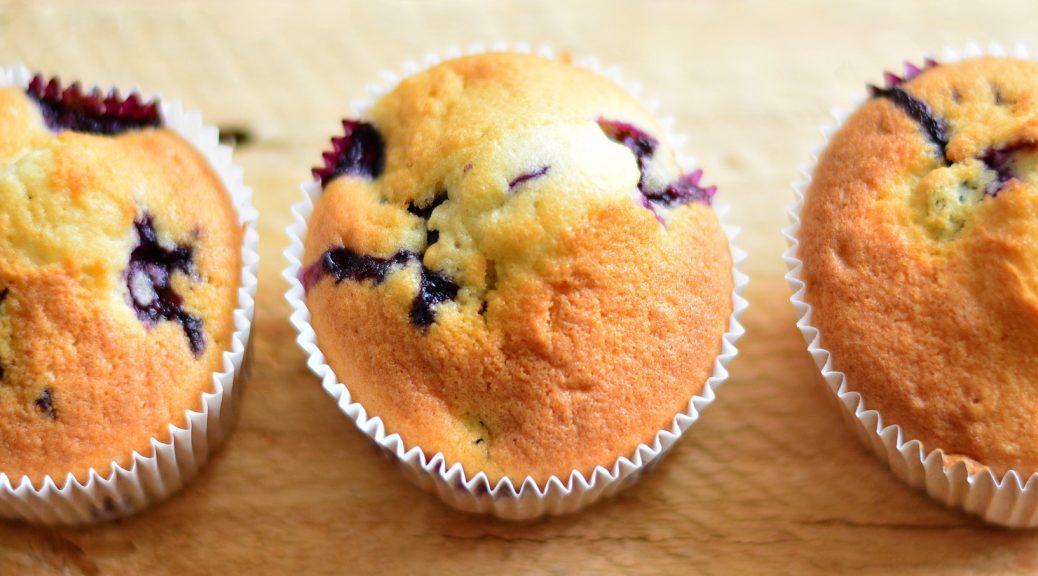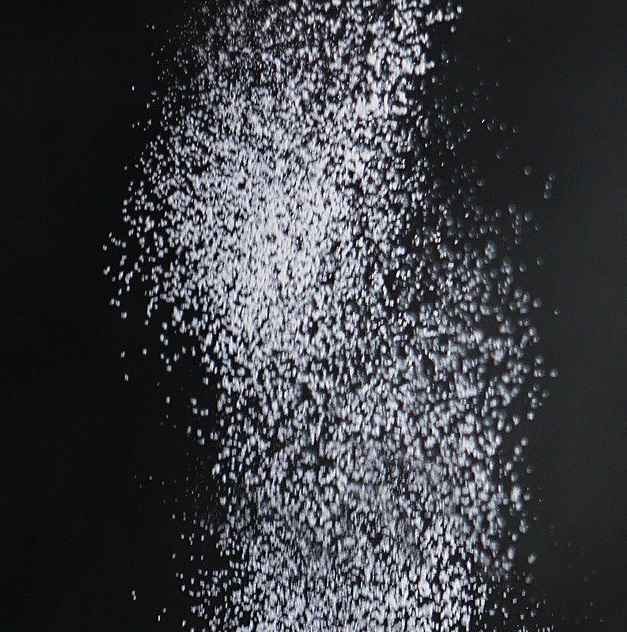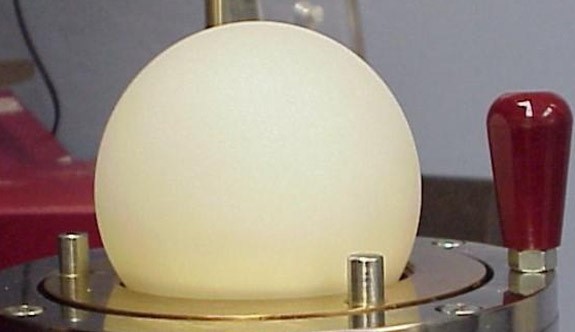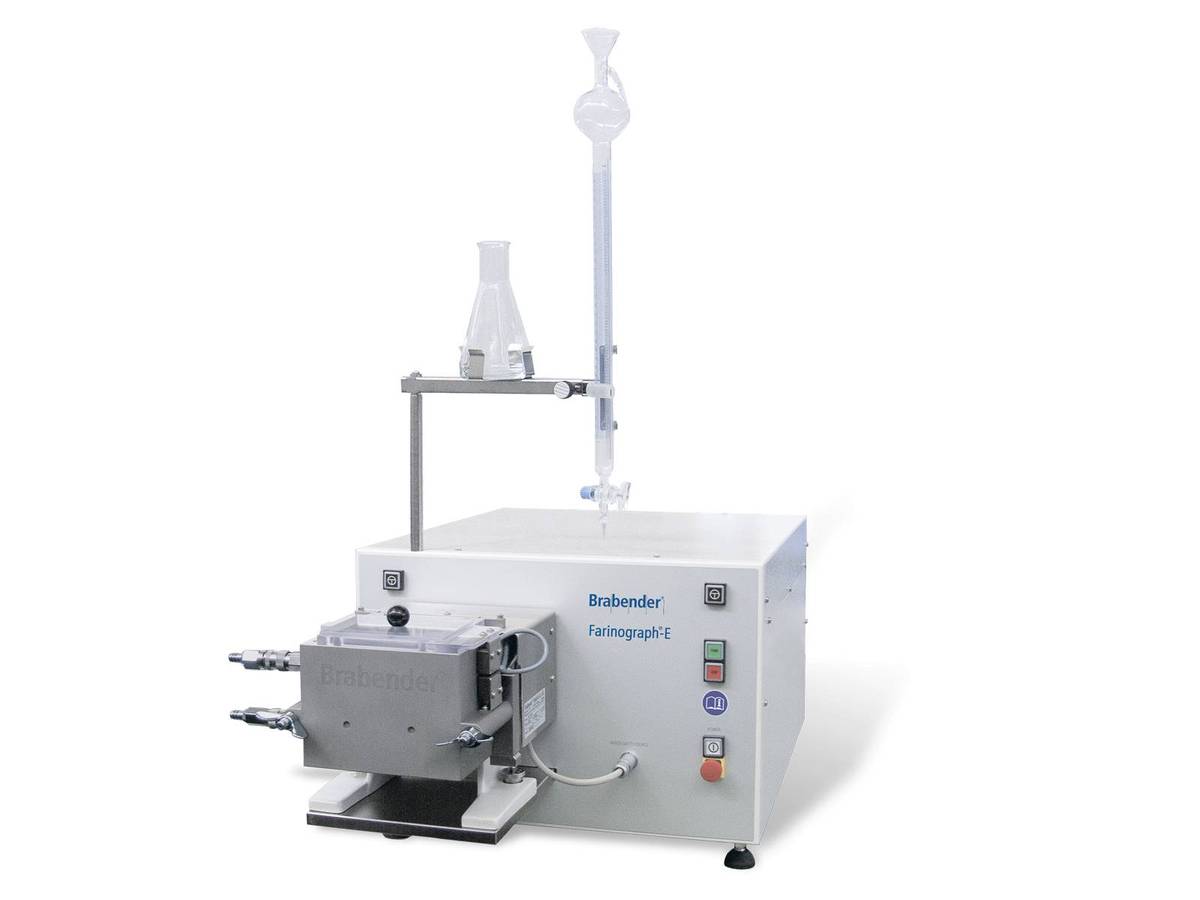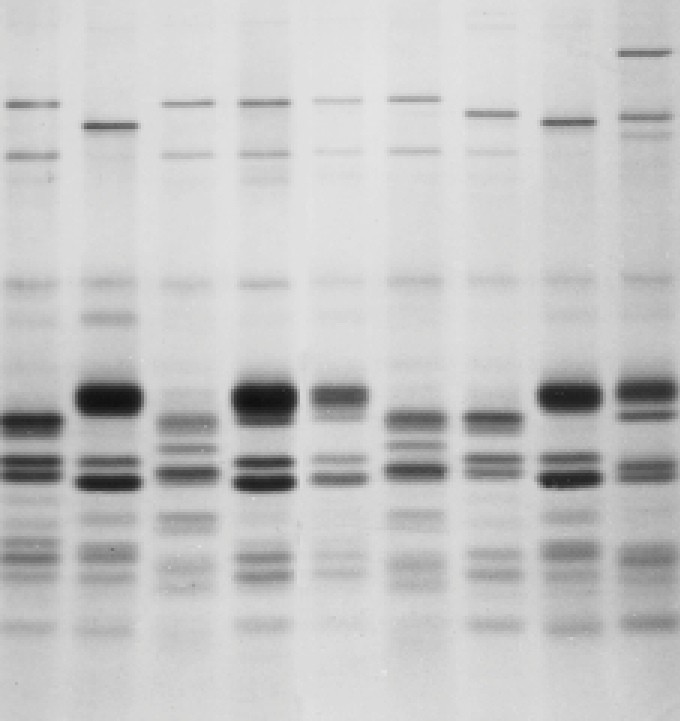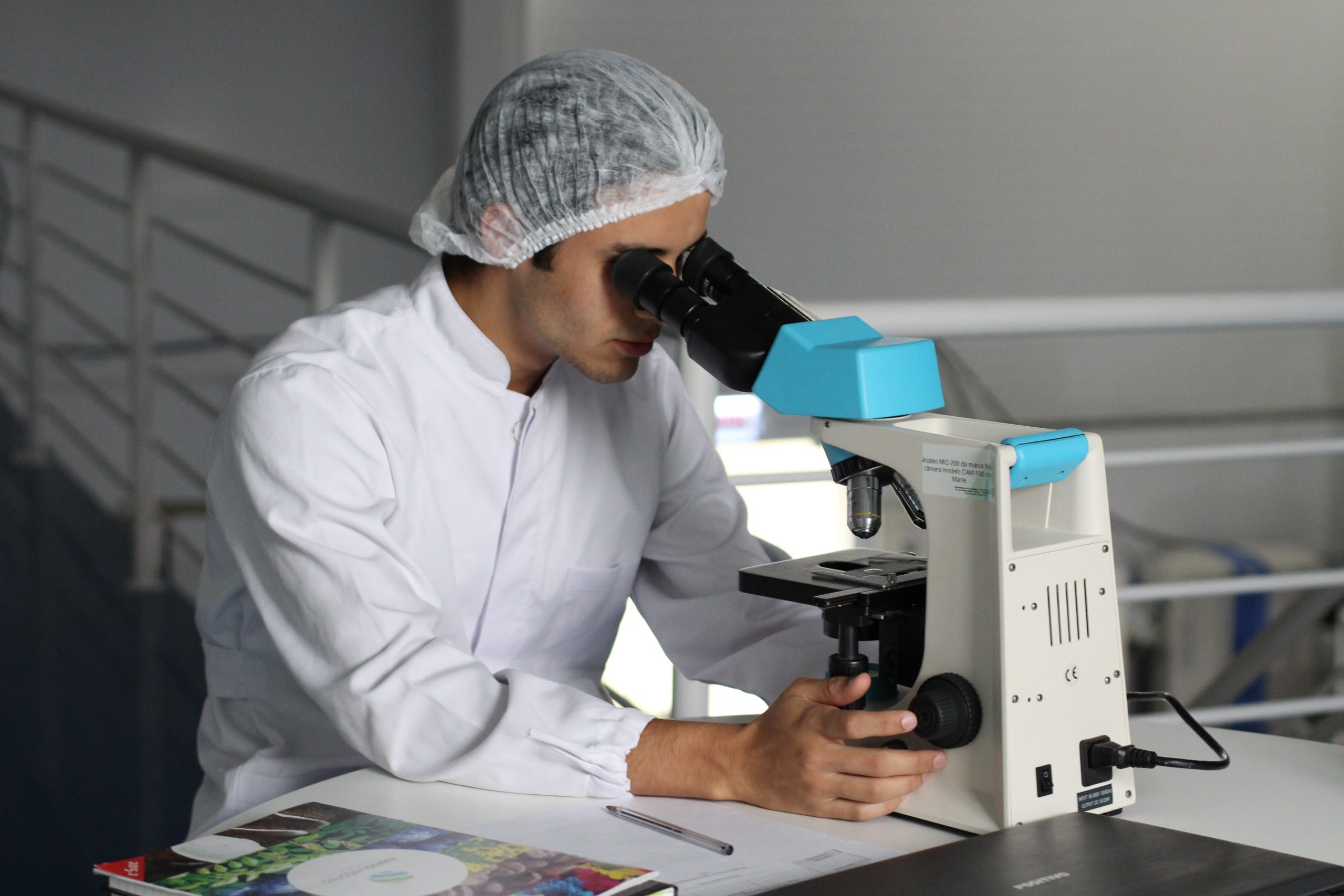Triticale and Tritordeum
Both triticale and tritordeum are hybrids of wheat and other cereals. Generally, when a hybrid is created, the aim is to combine the advantages of several cereals. In the case of these hybrids, the goal was to maintain the baking quality of wheat while improving plant resistance to extreme conditions or enhancing nutritional benefits. It’s important to clarify that although these cereals are often mixed up in labels and some articles as ancient wheat varieties, unlike these, hybrids are the…
